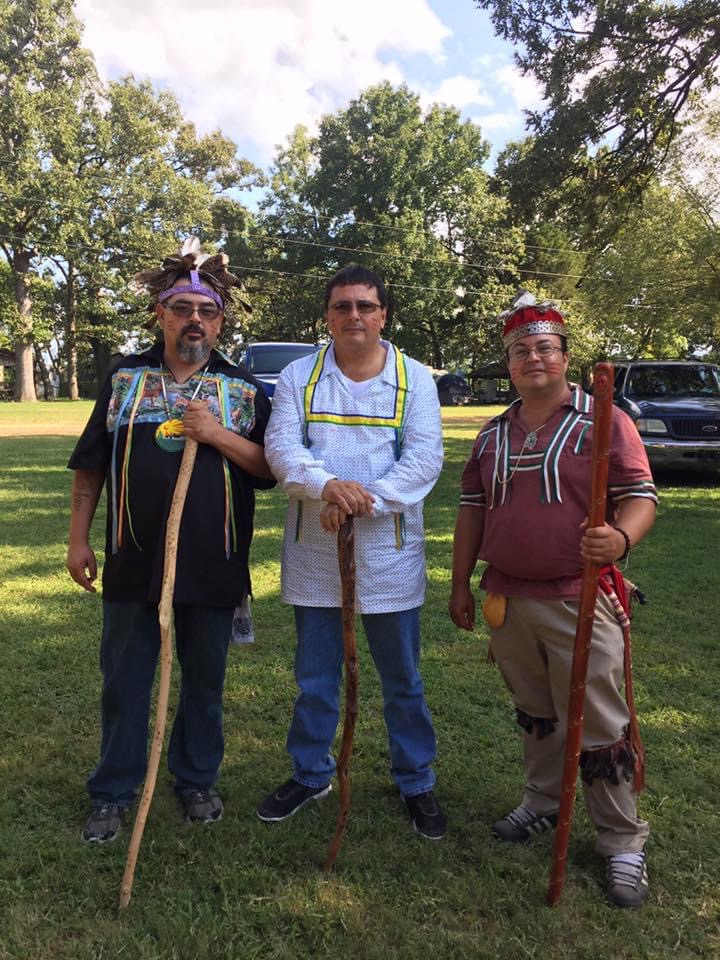April 15, 2021
As we are finally putting winter in our rear-view mirrors. While Covid is still lurking around, we look forward to Spring. It has been a rough year as the sickness and sadness have hit families across Indian country and equally so in our own communities. But with Spring as the trees begin to bud, families prepare for planting their gardens and flower beds you cannot help but feel hope. It is like a “New Beginning” for the next chapter in everyone’s life.
Along with Spring we also prepare for the ceremonials the creator gave us to give thanks and acknowledge his blessings. Covid impacted our ceremonies in an unprecedented way last year. As we prepare for this year, the Faith Keepers will take as many precautions as they can and ultimately make the decision to proceed. As it stands now with the accessibility of the vaccines and many already vaccinated, we are planning on having our dances this year.
As a native people our heritage holds dear the rituals, traditions and ceremonies which give our thanks to the creator for what he has provided for us. Even though centuries have passed the beliefs remain the same. We continue to give “Thanks” in the prayers, songs and dance all of which were given to us for that purpose.
You see, our ancestors relied on growing crops for food and the ability to live off the land. While in today’s time we rely on grocery markets that need does not change. A good phrase I have heard used is “life sustainers” and our ceremonies reflect that in each one. The first ceremony is the Sundance which gives thanks for the sun (sa-qwa-tay-tan-nay), and that it will continue to shine and give life to the crops we grow. It also asks that the seeds we plant will be blessed and grow to a good harvest.
The dance begins at the east gate in the ceremonial grounds and will proceed in the same manner as the sun rising in the east and setting in the west. From the east gate we dance to the longhouse where most of the day is spent. In the late afternoon we then proceed to the west end where we finish the day. The dance is primarily handled by the men and boys, with certain songs sung to honor our women. We also sing one stomp dance to honor our visitors and other tribes.
The men and boys wear paint (stripes on cheeks), with the men wearing 3 stripes and the boys 2 generally and assorted colors to represent the rainbow. There are no age requirements so to speak as we have infants to elders that dance. For boys and men this rite of passage determines also the privilege to be painted on their final journey.
The women Faith Keepers work tirelessly through the day making sure things are done to support the dancers. Lunch time is also a big hit with the boys as we all gather at the rock house and sit at one long table with the elder dancers at one end and down the line from there. With the boys dancing all morning they have definitely built up an appetite. It is a precious site to see as I remember doing the same thing when I was a young boy some 50 years ago.
After lunch, the blessings begin for the offerings everyone has brought from their families. Each offering presented is blessed by the speaker and given to the sun carrier to complete the process. These will be distributed to the dancers at the end of the day. The dance continues till late afternoon when we continue west out of the longhouse. That night we will sing the Seed Dance and the Bean dance. Each one represents the planting, growing, and harvesting of “Life Sustainers.”
I have been blessed to be able to share this with you with the desire that these small exchanges of information can inspire knowledge and pride in your nation. We must work together to preserve our teachings to pass on to our children. So as we all go into Spring creating our “New Beginnings” take a moment look around and smile at the world.
Nya-Weh,
Tuh’l-no- sohn-dee
Charlie Diebold
Ceremonial Chief
Second Chief
Seneca-Cayuga Nation

